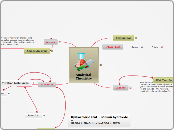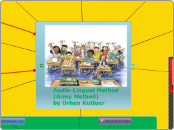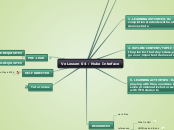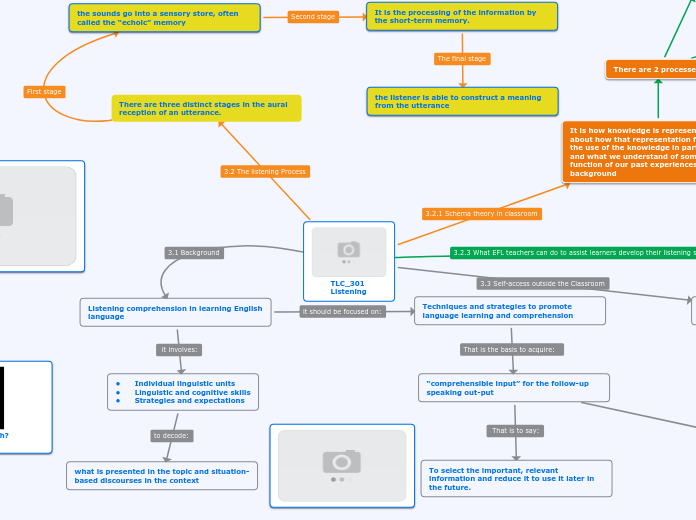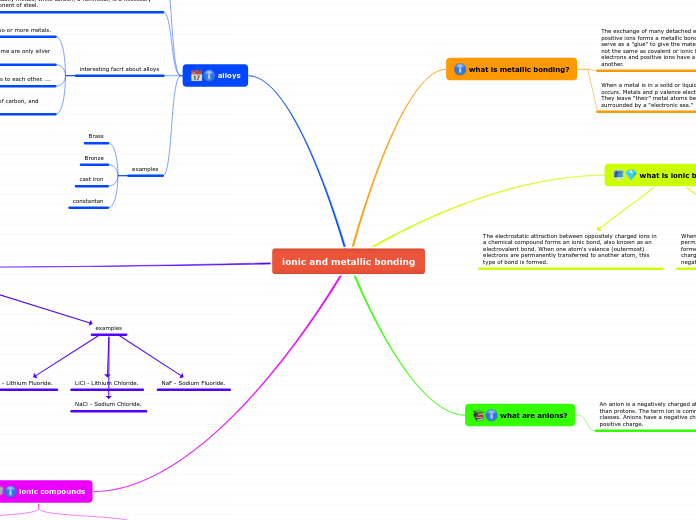Titration techniques
Titration Techniques.
Fill the burette
·Never lift chemicals above your head
·The burette needs to be vertical
·Make sure the tap is closed
·Use a filter funnel to help
·Overfill and then adjust volume to 0.00ml
Read the burette
Read at eye level; the bottom of the meniscus
Read the scale to half a division e.g. 1.10ml or 1.15ml
What volume? (the titre)
Run the burette solution into the flask. Swirl the flask continuously.
The first stable colour change is the end-point
Do repeats.
Use the first titration to find the range of acid volume needed to neutralise the alkali.
Your second titration should be done dropwise to increase the accuracy of your readings
Wet Test For Cations
Cation
Iron 2+ Fe 2+ Dirty GreenIront 3+ Fe 3+ Rusty BrownAmmonium NH + Clear (litmus test) 4
Aluminuim Al 3+ WhiteCopper 2+ Cu 2+ Light BlueCalcium 2+ Ca 2+ WhiteMagnesium Mg 2+ WhiteTo identify Aluminium, Calcium and Magnesium which all makes white precipitate.
-----> flame Test
-----> Almuinium is the only substance which can dissolve in Sodium Hydroxide.
You can check If a substance is ammonium is the red litmus paper turns blue.
Hydrochloric acid + sodium hydroxide =
H2SO4 + 2NaOH --> Na2SO4 + 2H2O
Formula's
Acid + Base ---> Salt + Water
Acid + Alkali ---> Salt + Water
Acid + Metal ---> Salt + Hydrogen
Acid + Carbonate ---> Salt + Water + Carbon dioxide
Burette is the most precise equipment to measure Volume. This is because it has many more decimals, to make it even precise for example. If 11.55 is more precise than 11.5 which is more precise than 11.
Anions Anlaysis
Anion Present:
Sodium Carbonate: Turns Lime water Milky white.
Sodium Sulphate: White.
Sodium Chloride: White.
Potassium Iodide:Yellow
Potassium Bromide: Cream
Nitric acid is used to to test for Carbonate.
Silver Nitrate is used to check if there is Bormide, Chloride or Iodide is in the substance.
Practical
Fill your burette with hydrochloric acid
Measure out 25ml of sodium hydroxide with a measuring cylinder
Add a squirt of phenol phthalein indicator
(colourless in acid - pink in alkali)
Titrate the acid into the alkali. When the pink colour first disappears, neutralisation has occurred.
When you finish, wash the used acid and alkali down the sink and rinse the burette as shown before. Carefully leave it back in it's rack.
Analytical Chemistry
Salome: Titration
Sara : Anions
Hannah : Cation
Li : Flame test
Titration
Neutalisation
Burettes
Most of the tests for negative ions, called Anions are negatively charged ions (so called because they are attracted to the anode – the positive electrode – during electrolysis).anions, rely on precipitation reactions. Examples include testing for halide ions (e.g. chloride, bromide, iodide), which are formed by the halogen elements ( GroupGroups are the vertical columns in the Periodic Table, consisting of elements with similar properties (chemical 'families').Group 7 in the Periodic TableThe Periodic Table is a table listing the elements in order of atomic number, arranged so that similar elements appear in columns.Periodic Table). Look at the experiments below:
What are they?
how do you know if the element is a anion?
-----> testing for a anion
http://www.absorblearning.com/chemistry/demo/units/LR1106.html#Summary
Acid + Metal Carbonate -> Metal Salt + water + Carbon Dioxide.
testing for carbonate (CO 2 -) , hydrogencarbonates (HCO -) : 3
3
sodium carbonate + nitric acid = sodium nitrate + water
+ carbon dioxide
Na CO + 2HNO --> 2NANO + H O + CO
2 3(s) 3 (aq) 3 (aq) 2 (l) 2 (g)
Testing for SulphateSO 2 - :
4
sodium suphate + barium chloride --> Barium Sulphate + Sodium chloride
Na SO + BaCl --> BaSO + Nacl (aq)
2 4(aq) 2(aq) 4 (aq)
Testing for Chlorides(Cl-), bromides(Br-), iodides(I-) :
Sodium Chloride + Silver Nitrate --> Silver chloride +
Sodium nitrate
Na So + BaCl --> BaSo + NaCl
2 4(aq) 2(aq) 4 (aq) (aq)
Anions are negatively charged ions
(so called because they are attracted
to the anode – the positive electrode –
during electrolysis).
Extra Information.
How do we now if the element is a cation
--> testing for a cation
http://www.absorblearning.com/chemistry/demo/units/LR1106.html#Summary
to test for a cation we use the flame test...
Cation Colour of flame test
lithium: red (scarlet)
sodium: bright yellow
potassium: lilac
barium: apple green
calcium: brick red
What is a Cation?
Cations are positively charged ions
(so called because they are attracted
to the cathode – the negative
electrode – during electrolysis).
-Flame Test
Cations
Cation Result of adding sodium hydroxide solution
-copper(II) pale blue precipitate
-iron(II) dirty green precipitate
-iron(III) rusty brown precipitate
-aluminium white precipitate which dissolves in excess sodium hydroxide
-magnesium white precipitate
-calcium white precipitate
Cation Colour of flame test
lithium: red (scarlet)
sodium: bright yellow
potassium: lilac
barium: apple green
calcium: brick red
Symbol Name
Zn 2+ Zinc
Na + Sodium
K+ Potassium
Li+ Lithium
Ca 2+ Calcium
Mg 2+ Magnesium
Fe 2+ Iron (II)
Fe 3+ Iron (III)
Cu 2+ Copper (II)
NH4 + Ammonium
AL 3+ Aluinium
Anions
Anion Test
chloride Dissolve in dilute nitric acid, then a white precipitate forms with silver nitrate solution. (The precipitate dissolves in dilute ammonia solution.)
bromide Dissolve in dilute nitric acid, then a cream precipitate forms with silver nitrate solution. (The precipitate is insoluble in dilute ammonia solution, but will dissolve in concentrated ammonia solution)
iodide Dissolve in dilute nitric acid, then a pale yellow precipitate forms with silver nitrate solution. (The precipitate is insoluble in dilute and concentrated ammonia solution)
sulfate Dissolve in dilute nitric acid, then a white precipitate forms with barium chloride solution.
nitrate Add sodium hydroxide solution and warm with powdered aluminium, then test the gas given off (ammonia) with damp red litmus paper, which turns blue.
carbonate Add dilute acid, then pass the carbon dioxide gas through limewater, which turns milky (cloudy).
Symbol Name
OH- Hydroxide
Cl- Chloride
Br- Bromide
I- Iodide
O2- Oxide
N- Nitride
S2- Sulphide
No3- Nitrate
So 2- Sulphate
4
Co 2- Carbonate
3
Testing Gas
Hydrogen: Put a lighted Splint in a test tube.
outcome: Squeaky pop.
Oxygen : Put a glowing Splint into a Test Tube.
outcome: Relight the glow.
Carbon Dioxide : 1. Lime water test.
Outcome: Limewater turn milky White
and should bubble.
2. Lightes splint put in a test tube.
Outcome: The lighted splint goes out.
Ammonia : Damp,Red Litmus paper is put in a test
tube.
Outcome: Red Litmus Paper turns Blue.
Chlorine: Blue/Red litmus Paper in test tube.
Outcome: red/ blue Litmus paper turns red and then bleaches it white.
